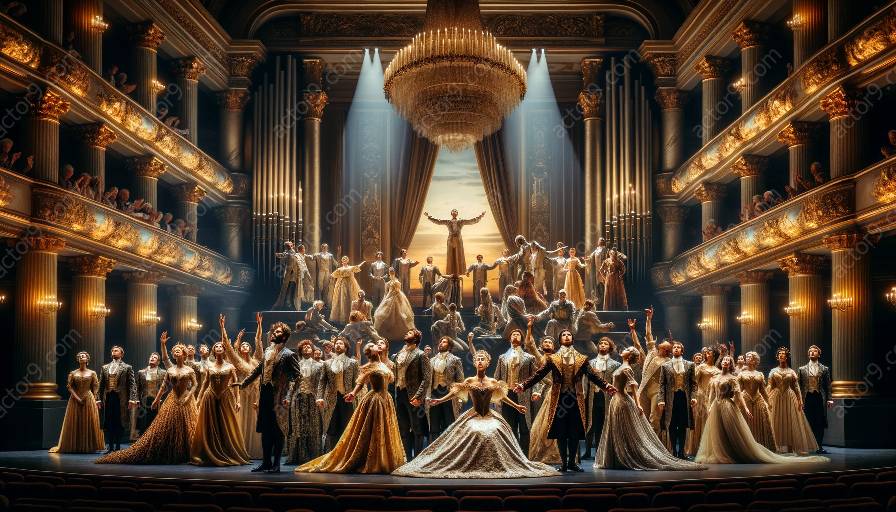Opera, a form of art that has been celebrated for centuries, is now undergoing a transformative period with a focus on diversity and representation. In this topic cluster, we will explore the crucial role of audience education and advocacy in driving meaningful change in opera diversity, understanding how this impacts opera performance and contributes to a more inclusive industry.
The Importance of Opera Diversity and Representation
Diversity and representation have become vital issues in the world of opera. Traditionally, opera has been criticized for its lack of diversity, with primarily white performers dominating the stage. However, as the global community becomes more diverse, there is a growing demand for inclusivity and representation within the opera industry.
Advocating for diversity and representation in opera is not merely about promoting social justice; it also enriches the art form by bringing in diverse perspectives and experiences. It allows for a more nuanced and authentic portrayal of stories, characters, and emotions, ultimately making opera a more compelling and relevant art form for contemporary audiences.
The Role of Audience Education
One of the critical elements in driving meaningful change in opera diversity is audience education. Educating opera audiences about the importance of diversity and representation can lead to a more inclusive and supportive environment for artists from diverse backgrounds.
Through targeted educational initiatives, opera houses and organizations can raise awareness about the historical lack of diversity in opera, the impact of representation on storytelling, and the value of diverse voices in shaping the future of the art form. By enhancing the audience's understanding of these issues, barriers to diversity and representation in opera can be broken down, paving the way for greater inclusivity.
The Role of Advocacy
Advocacy plays a crucial role in effecting change within the opera industry. Advocates for diversity and representation can push for policy changes, programmatic shifts, and casting decisions that prioritize inclusivity. These advocates amplify the voices of underrepresented artists and foster a more supportive and equitable opera community.
Furthermore, advocacy efforts extend beyond the opera industry itself and into broader society. By engaging with policymakers, philanthropists, and the general public, advocates can garner support for initiatives that promote diversity and representation in opera, allowing for systemic change that benefits the entire industry.
Impact on Opera Performance
When audience education and advocacy drive meaningful change in opera diversity, the impact on opera performance is profound. Diverse casting, production teams, and repertoire choices can lead to more authentic and captivating performances that resonate with a wider range of audiences.
By incorporating diverse perspectives and stories into opera productions, the art form becomes more relevant and reflective of the world we live in. This not only attracts new audiences but also creates a more inclusive and dynamic artistic environment for performers and creators.
Conclusion
As the opera world continues to evolve, audience education and advocacy play pivotal roles in driving meaningful change in diversity and representation. By championing inclusivity, fostering understanding, and advocating for systemic change, audiences and advocates contribute to a more vibrant and inclusive opera industry, ultimately enriching the art form for generations to come.































